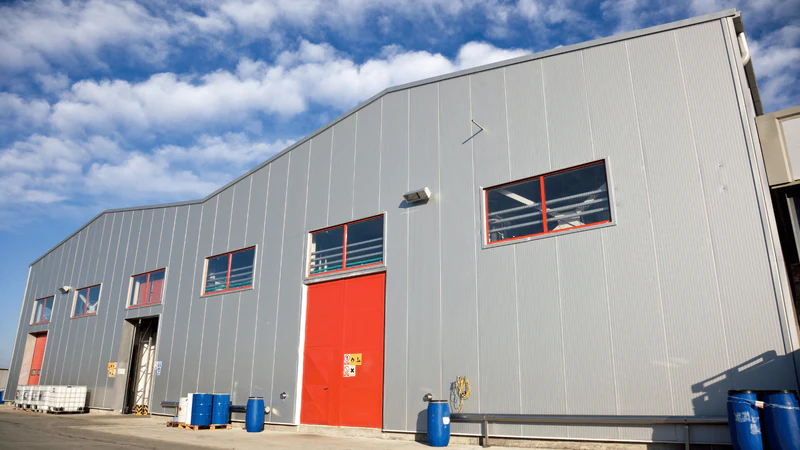Choosing the right foundation for a commercial building is a critical decision with far-reaching consequences for the structure’s stability and longevity. A flawed foundation choice can result in expensive structural problems, diminishing the building’s utility and worth. This selection process is intricate, requiring careful consideration of soil conditions, load-bearing needs, and long-term environmental stresses the foundation will endure. Navigating these interconnected factors and ensuring the chosen foundation aligns with the building demands and site necessitates thorough evaluation and expert knowledge.
Understanding Your Soil for Foundation Design
The first step towards choosing a strong foundation is a geotechnical investigation. This crucial analysis meticulously examines the subsurface conditions of your building site. It assesses the soil’s composition (whether it’s primarily rock, clay, silt, or sand) along with its drainage characteristics, load-bearing capacity, and susceptibility to movement.
Becoming familiar with the specifics of the soil type is pertinent because each reacts differently to moisture and stress variations. For example, stable, well-draining granular soils offer more versatility in foundation choices. In contrast, expansive clay soils are prone to significant volume changes with fluctuating moisture levels, requiring sturdy foundations engineered to withstand these dynamic pressures. These geotechnical reports provide information that guides the structural engineer’s design decisions.
Aligning The Foundation with Your Commercial Plans
The architectural design and intended use of your commercial building are equally critical in determining the right foundation. The foundation needs for a single-story restaurant with moderate occupancy differ significantly from those of a high-rise residential building or a manufacturing facility housing bulky and heavy equipment.
Pivotal factors influencing this decision include how many storied the building has, the inclusion of below-grade levels like parking garages or service tunnels, and the type of structural framework, as these elements dictate how strong the foundation must be and how loads will be distributed. Furthermore, buildings in areas prone to significant lateral forces, such as coastal regions with hurricane-force winds or seismic zones, will require foundation designs engineered to withstand these pressures.
Exploring Commercial Foundation Options
Considering the data from the geotechnical report and the design requirements of your commercial building, several foundation types may be considered:
- Slab-on-Grade: A cost-effective option where a concrete slab is poured directly onto a prepared surface. Ideal for lighter, smaller buildings on stable, well-draining sites requiring minimal excavation.
- Crawl Space: Creates a shallow, accessible area between the ground and the first floor. Offers benefits like easy utility access and additional protection against ground moisture, often preferred in areas with moderate frost depths.
- Deep Foundations: Used when surface soil is weak or unstable, these transfer the building’s weight to deeper, stabler soil or bedrock. Piles are slender supports driven or drilled into the ground, while piers are larger, typically constructed by drilling and concrete filling.
There are numerous options, so consult a professional to determine which fits your needs best.
Waste Disposal in Foundation Projects
The process of building a foundation naturally produces waste, making it necessary to dispose of soil, concrete, and other materials. Utilizing comprehensive waste disposal solutions, such as roll off container rentals, makes it easy to remove all associated debris. Finding your nearest dumpster rental firm will guarantee that this waste is handled effectively and ethically.
Conclusion
Selecting the appropriate foundation for your commercial building is a critical decision impacting its long-term stability and value. This process involves understanding your site’s soil, aligning choices with your building’s design and use, and considering foundation type options. Consulting with geotechnical and structural professionals is essential to sift through these complexities and determine the right foundation, ensuring a sound and lasting structure.

